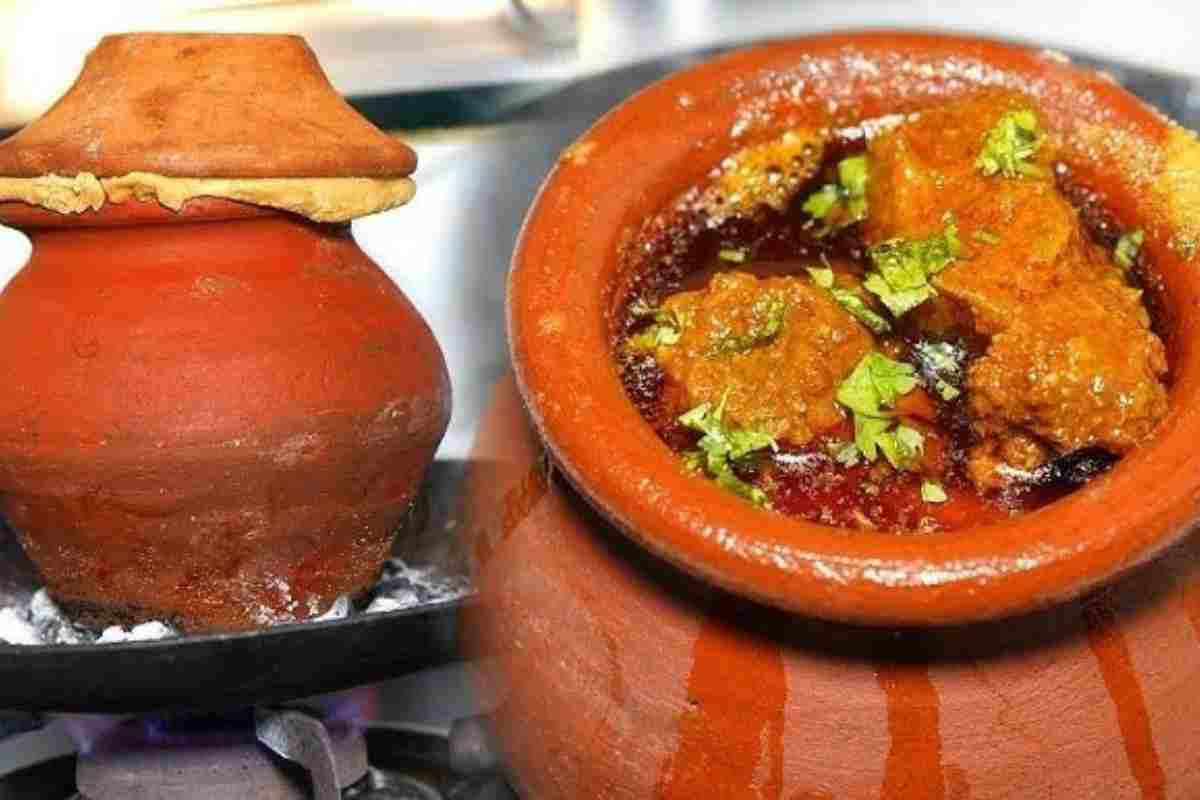In gastronomy, dishes seldom bear the name of a place, but Champaran Mutton is a remarkable exception. Named after Champaran, where Gandhi began his anti-colonial movement, a delicious one-pot mutton dish.
How did Champaran Mutton rise to fame, captivating palates in India and beyond within two decades? The story behind this culinary gem is as intriguing as its taste.
The short film “Champaran Mutton” earns an Oscar’s Student Academy Award semi-final spot. Its unforgettable flavor lures food enthusiasts worldwide.
Champaran district, a Bhojpuri-speaking region falling under the Tirhut division of Bihar, holds historical significance. Mahatma Gandhi initiated his first Satyagraha in 1917 upon returning from South Africa. This Satyagraha was a farmers’ uprising against the forced cultivation of indigo by the British, who neglected fair compensation to the farmers.
Gopal Kushwaha, the proprietor of the “Old Champaran Meat House” in Patna, asserts that he pioneered establishing a “Champaran Meat House” shop in 2014. Subsequently, numerous shops offering this traditional dish sprouted across the state.
Champaran Mutton is also known by other names, such as Ahuna Mutton, Handi Meat, or Batloi, and is enjoyed both in India and abroad.
This delectable dish originated in the Champaran district of Bihar and rapidly gained fame. It became a staple at every street corner in Champaran.
To prepare this delectable dish, you will need meat (quantity as desired), onions, whole garlic cloves, whole red chillies, bay leaves, ginger-garlic paste, salt, coriander-turmeric powder, chili powder, garam masala powder, whole garam masala spices, mustard oil, fennel powder, cinnamon, cumin, black pepper, cloves, coriander leaves, and yogurt (to taste).
For a detailed story, please visit Awaz the voice
Also Read: India’s Global Leadership: G-20 and Development
You can connect with DNN24 on Facebook, Twitter, and Instagram and subscribe to our YouTube channel.

